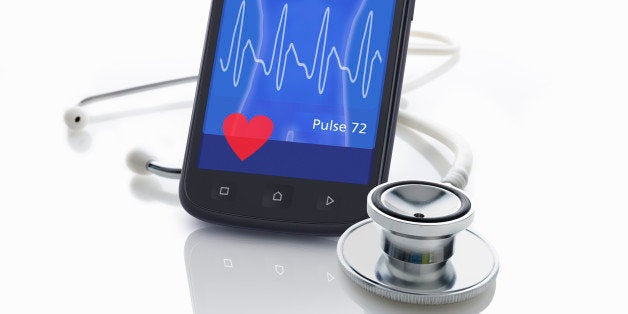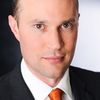
Developing countries don't have the high-tech equipment needed to quickly diagnose the disease, but they do have millions of cellphones. One UCLA professor has a way to turn those phones into diagnostic centers.
There are 6.8 billion cellphone subscriptions in the world. Even when you consider that some people have more than one subscription, that means that an incredibly high percentage of the world's 7 billion people now have a mobile phone.
Although most of us use our phones for things like texting, taking photos and playing games (in addition to the occasional phone call), there's a movement out there to harness the power of that giant community of cellphone users to help people living in the poorest countries on Earth.
Dr. Aydogan Ozcan is a member of that movement. The UCLA engineering professor is turning mobile phones into diagnostic centers that can be used thousands of miles away from labs with expensive hospital equipment.
Ozcan has created software and hardware that turn cellphones into microscopes and diagnostic machines. With the addition of a 3D-printed microscope, a field worker in Africa can quickly scan the blood of an HIV patient to see how the virus is reacting to medicine. Workers can take water samples to test for E. coli in a stream or well, and epidemiologists can connect data points to quickly see where diseases are spreading.
"We are trying to democratize the landscape of measurement tools," says Ozcan.
Ozcan's work could make a huge difference in the fight against Ebola in Africa. The power of mobile health solutions is already being seen on the ground in Africa, where Ebola has killed more than 2,400 people since March. Apps have helped educate people about the disease and how to protect themselves against it, and a social-media program spread information about Ebola in Nigeria so quickly that it's being credited with helping limit the scope of the disease in that country.
But Ozcan's work goes one step further by creating hardware that makes it possible to use cellphones in entirely novel ways. One of the secrets to Ozcan's work is that camera phones have improved so rapidly, from 0.2 megapixels not too long ago to 40-plus today. Thanks to Moore's law, the cameras are only going to continue to improve.
"What do you do with 40 pixels?" asks Ozcan. "We convert them into a microscope that can look at cells, bacteria and viruses."
Ozcan's microscopes work without the addition of fancy lenses by actually photographing the shadows cast by cells. (You can watch his TED Talk on the new technology here.) The shadows are like fingerprints, and specialized apps on the cellphone use algorithms to reconstruct the cell images and translate them into information that can be read by a field worker without a degree in pathology.
Ozcan has also created specialized diagnostic test readers. A blood or mucus sample interacts with chemicals in the reader to show whether the sample is positive or negative for specific diseases. Advances in 3D-printing technology and the global prevalence of cellphones mean that the reader can be produced cheaply enough to be distributed in impoverished locations. Today, workers are using this technology to screen for HIV. In order to test for Ebola, another company needs to create a solid diagnostic test to recognize the Ebola signature. That is already in the works. Then Ozcan's technology can be used to scan bodily fluids for the disease.
"We could convert Ebola into an optical signature," says Ozcan.
Although Ebola wasn't previously on his radar, Ozcan expects to be partnering with diagnostic companies and creating new software for Ebola over the next few months.
These kinds of technological innovations will mean the difference between life and death for millions of people. If Ozcan's technology had been available to test for Ebola at the start of the year, maybe the latest outbreak would already be contained and the current panic in places like the United States would seem like something out of a fiction book.
Ozcan's invention is just more proof that we're on the verge of great technological breakthroughs thanks to the ubiquity and power of cellphones. They can already be used as stethoscopes, to monitor blood sugar in diabetics and even to help people stop smoking. As cellphones become more powerful and prevalent, expect them to bring health and innovation to every corner of the globe.
